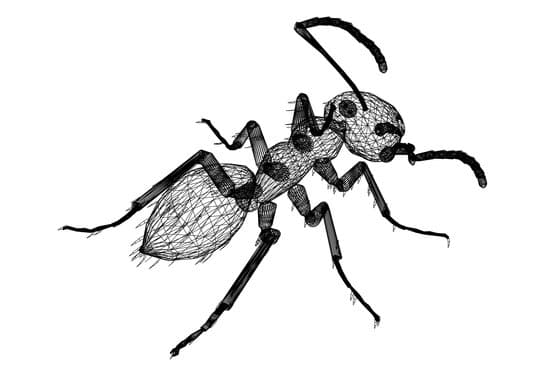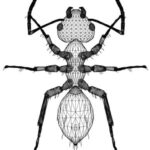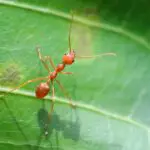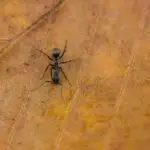The Eyes and Antennae of Ants
Despite their diminutive size, ants have a few well developed organs to detect chemical signals, including eyes and antennae. Ants can use these senses to find food and shelter. They also use vision to locate their nests.
The eyes of ants are very simple compared to the eyes of other vertebrates, but they can be very effective in low light conditions. The eyes of some ant species are sensitive to ultraviolet light, which may help ants identify predators and objects. They are also sensitive to light in polarised and non-polarised wavelengths.
The eyes of ants are composed of a large number of individual ocelli, which are surrounded by screening pigments. They can detect polarised light, ultraviolet light, and colour. This makes the picture blurry, but helps ants navigate through the complex terrain that they live in.
Many ant species have two large compound eyes, while others have three simple eyes. In some species, an additional eye is placed in the center of the head.
While ants can detect ultraviolet light, they have relatively poor vision when it comes to different colours. This is because they are very sensitive to polarised light. They can also detect pheromones, which help them communicate. These chemicals are found in hair-like sensors on the ant’s skin.
Ants are nocturnal, and some species can only operate at night. Ants are able to construct nests according to the orientation of the sun. They prefer doing business in certain corners of their nests.








